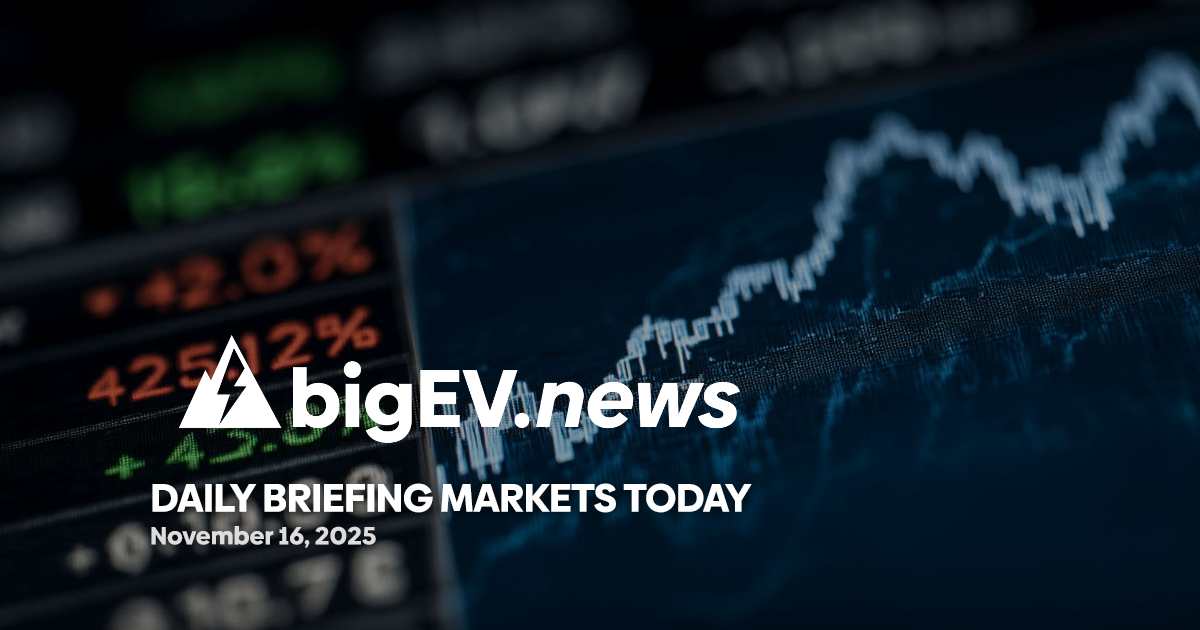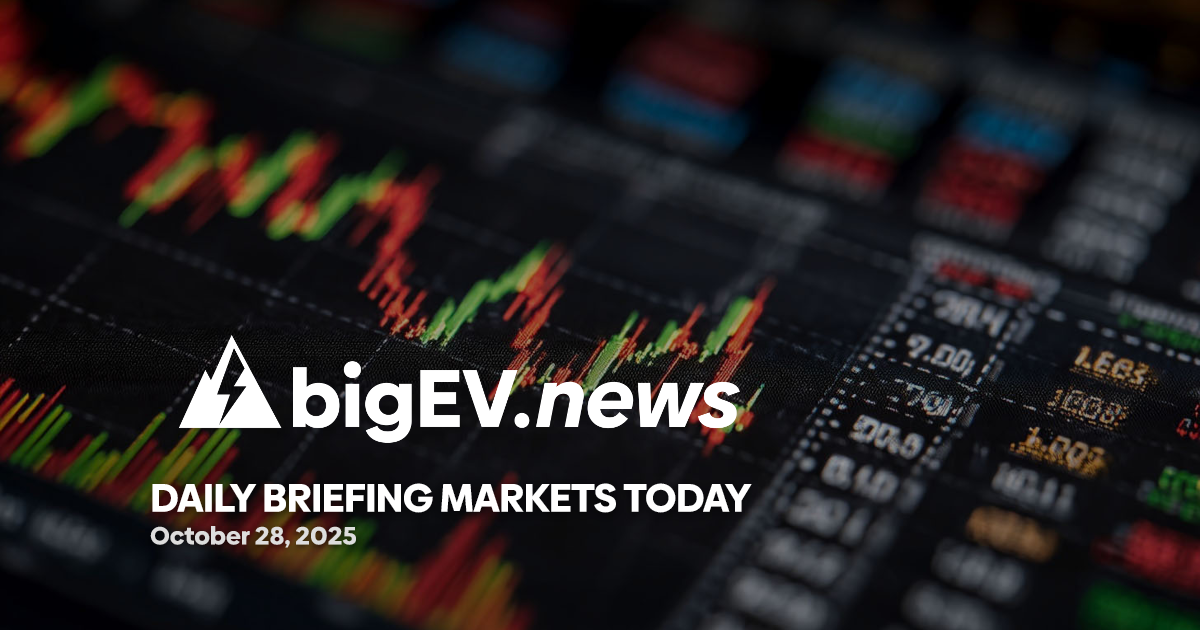Investor sentiment remains resilient as U.S. economic data stalls, sector rotation intensifies, and global alliances reshape the competitive landscape.
At a glance – Global financial markets advanced over the last 24 hours, even as the U.S. government shutdown halted the release of critical jobs data, leaving investors to navigate without their usual economic compass. The S&P 500 reached a new record of 6,731.94, closing 0.1% higher, while the Nasdaq Composite climbed 0.39% and the Dow Jones Industrial Average added 0.17%. Despite the lack of fresh labor market insights, risk appetite persisted, driven by optimism in artificial intelligence and select industrials. However, sector breadth narrowed, with only four of eleven S&P 500 sectors finishing in positive territory. Energy and consumer discretionary lagged, while materials, information technology, and industrials outperformed. The ISM Services PMI, due later in the day, is expected to confirm continued expansion in the services sector, though the impact of 750,000 furloughed federal workers could weigh on consumer spending as the quarter progresses. Meanwhile, the Cboe Volatility Index dipped 1.38% to 16.40, reflecting subdued market anxiety, and Bitcoin traded slightly lower at $120,354.
Technology advance – The semiconductor sector faced renewed headwinds as Applied Materials warned that new U.S. export controls targeting advanced chipmaking equipment would reduce its fourth-quarter and 2026 revenues. The company’s shares fell over 2% in early trading, with Lam Research also declining in sympathy, underscoring the sector’s vulnerability to evolving U.S.-China trade restrictions. In the consumer tech space, Apple shares slipped 1% after Jefferies downgraded the stock to Underperform, citing what it called “overly optimistic” expectations for the upcoming foldable iPhone. The analyst flagged supply chain risks and muted consumer enthusiasm for foldable devices as key concerns. Meanwhile, Tesla reported a 7% year-over-year increase in vehicle deliveries, surpassing Wall Street estimates and briefly lifting its stock by more than 1% in pre-market trading, though shares remain volatile ahead of the expiration of federal EV tax credits.
Partnerships – In a significant move for the clean tech sector, Siemens Energy and Mitsubishi Power announced a strategic alliance to co-develop next-generation hydrogen turbines, aiming to accelerate the decarbonization of global power grids. The partnership, unveiled at the World Energy Congress in Rotterdam, will leverage Siemens’ expertise in gas turbine engineering and Mitsubishi’s advanced hydrogen combustion technology. The joint venture targets commercial deployment by 2028, with pilot projects already planned in Germany and Japan. Executives from both firms emphasized the importance of cross-border collaboration to meet aggressive net-zero targets and address surging demand for grid-scale renewable solutions. The announcement was met with cautious optimism by investors, who see the alliance as a potential catalyst for broader adoption of hydrogen in utility-scale power generation.
Acquisitions/expansions – In transportation engineering, Canadian National Railway (CN) finalized its $2.1 billion acquisition of Kansas City Southern’s U.S. Midwest rail assets, expanding its North American freight network and enhancing cross-border trade routes. The deal, approved by the U.S. Surface Transportation Board earlier this week, will enable CN to offer direct service from Canada through the U.S. heartland to key Mexican industrial hubs. CN executives highlighted the strategic value of the acquisition in capturing growing demand for intermodal logistics and supporting the automotive and agricultural supply chains. The integration process is expected to generate $250 million in annual synergies by 2027, with immediate investments planned in digital rail operations and sustainable infrastructure upgrades.
Regulatory/policy – The European Union’s Digital Markets Act (DMA) officially came into force today, imposing sweeping new obligations on major tech “gatekeepers” such as Alphabet, Meta, and Amazon. The DMA mandates greater interoperability, data portability, and restrictions on self-preferencing in digital marketplaces. European Commissioner Margrethe Vestager warned that non-compliance could result in fines of up to 10% of global annual turnover. Early industry reactions were mixed: while consumer advocacy groups welcomed the move as a win for competition, several U.S. tech giants signaled plans to challenge specific provisions in court. The regulatory shift is expected to reshape platform strategies and could trigger similar legislative efforts in other jurisdictions, with analysts predicting increased compliance costs and operational complexity for affected firms.
Finance/business – Market participants are recalibrating growth expectations as prediction markets and the Atlanta Fed’s GDPNow model both project robust U.S. GDP growth for the third quarter. ForecastEx participants anticipate a 3.1% expansion, while the GDPNow gauge points to a 3.8% print, signaling resilience despite the first-half turbulence and ongoing policy uncertainty. Investors are increasingly positioning around “Yes” contracts at the 3.1% and 3.5% thresholds, which offer attractive risk-reward profiles ahead of the December 19 final GDP release. The absence of new jobs data has heightened the focus on alternative indicators and forward-looking contracts, with traders seeking to capture interest-like incentives as market volatility remains contained. Analysts caution that prolonged data gaps could amplify uncertainty in coming weeks, especially if the government shutdown extends into November and disrupts additional economic releases.
Sources: Charles Schwab, Barron’s, World Energy Congress, U.S. Surface Transportation Board, European Commission, Interactive Brokers









